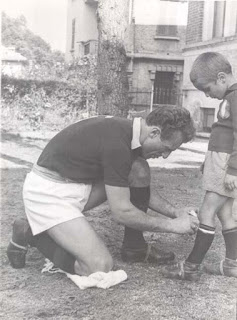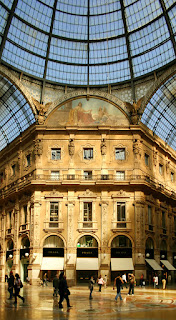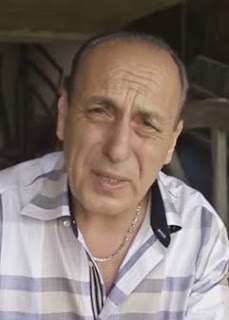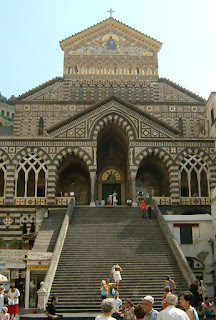Noble architect is now a prolific writer
 |
| Carlo Emanuele Ruspoli became Duke of Morignano in 2003 |
He became the third Duke of Morignano in 2003, succeeding his father, Prince Galeazzo Ruspoli.
Carlo had previously graduated as a Doctor of Architecture from the Sapienza University of Rome and he now works as a researcher and writer.
He is a prolific author of works on history and anthropology as well as historical novels, drawing on his own family heritage and his fascination with the East.
The House of Ruspoli is one of the great aristocratic families of Rome and all members hold the title of Prince of the Holy Roman Empire.
The family’s origins can be traced back to their ancestor, Marius Scotus, in the eighth century, the Ruspoli family of Florence in the 13th century, and the Marescotti family of Bologna.
A branch of the Ruspoli family moved to Rome in the 17th century. Their last descendant, Vittoria Ruspoli, Marchioness of Cerveteri, married Sforza Marescotti, Count of Vignanello, a descendant of the Farnese family, but to make sure the House of Ruspoli continued, one of Vittoria’s sons, Francesco Maria Marescotti Ruspoli, took on the name and coat of arms of the House of Ruspoli.
In 1721 Pope Benedict XIII conferred on Francesco Maria the title of Principe Romano for himself and his descendants ad infinitum.
 |
| Emanuele Ruspoli, the great grandfather of Carlo Emanuele Ruspoli |
His son, Bartolomeo Ruspoli, was a colonel in the Piedmontese army and fought in the battles leading up to Italian unification. He was paralysed from the waist down after a blast from a hand grenade, but continued to participate in the fighting in a wheelchair pushed by his assistant.
His son, Emanuele Ruspoli, also fought for Italian unification and became a Senator and twice served as Mayor of Rome.
Emanuele’s eldest son by his third marriage was Francesco Alvaro Ruspoli, who was educated at Eton College in England for five years. He became the first Duke of Morignano in 1907. His son, Galeazzo Ruspoli, the second Duke of Morignano, was Carlo Emanuele Ruspoli’s father.
In 1975, Carlo Emanuele Ruspoli married Dona Maria de Gracia de Solis-Beaumont y Tellez-Giron. They had a daughter, Donna Maria de Gracia Giacinta Ruspoli, who married Don Javier Isidro Gonzalez de Gregorio y Molina in 2009. Carlo now has a granddaughter, Donna Maria de Gracia Gonzalez de Gregorio y Ruspoli.
Carlo Emanuele Maria Ruspoli, the third Duke of Morignano, celebrates his 70th birthday today.
 |
| An 18th century engraving of the Palazzo Ruspoli by the Italian engraver Giuseppe Vasi |
Palazzo Ruspoli in Via del Corso in Rome is still owned by the Ruspoli family today. It is a large Renaissance-style palace, situated where the Corso intersects with Largo Carlo Goldoni and Piazza di San Lorenzo in Lucina in the Campo Marzio area. It was renovated by the architect Bartolomeo Ammanatti in the 16th century and then by the architect Martino Longhi the Younger in the 17th century. The palace was acquired by the Ruspoli family in 1776 and in the 19th century it sheltered the exiled Napoleon III. The palace’s main feature is its great staircase, which has four flights, each made up of 30 marble steps, and is considered one of the four marvels of Rome.
 |
| The modern campus of the Sapienza University of Rome was designed in the 1930s by Marcello Piacentini |
The Sapienza University of Rome, where Carlo Emanuele Ruspoli studied architecture, was founded in 1303 by Pope Boniface VIII and is now one of the largest universities in Europe. The main campus is in what is now called Piazzale Aldo Moro near Rome’s Termini Railway station. The buildings were designed by the architect Marcello Piacentini in the 1930s. Aldo Moro, who was twice Prime Minister of Italy and was kidnapped and killed by the Red Brigades in 1978, was professor of the Institutions of Law and Criminal Procedure at the University in the 1960s.
Also on this day:
1922: Mussolini is appointed Prime Minister
1960: The birth of particle physicist Fabiola Gianotti
2003: The death of the 'Prince of Tenors' Franco Corelli
Home














